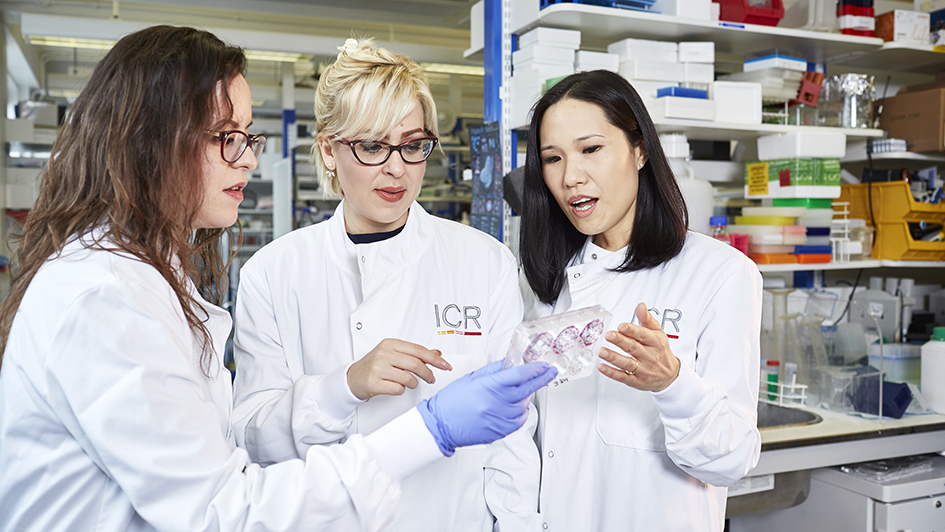
Leonardo Da Vinci is undoubtedly the most famous Homo universalis of all eras. This brilliant Renaissance man was a polymath whose knowledge spanned an astounding variety of disciplines including but not limited to architecture, painting, sculpture, drawing, science, mathematics, engineering, statistics, anatomy, geology and music. But as our world evolved and progressed, each of these disciplines further evolved, embracing increasing complexity and leading to the necessity of specialisation.
Similarly biology, the science of studying all forms of life, is a science with multiple branches such as biotechnology, botany, zoology, evolutionary and behavioural biology, basic biology and translational biology. And inarguably, translational biology – which utilises the research tools and in vitro and in vivo models of basic biology with the purpose of improving health outcomes – has led to some of the biggest breakthroughs in therapy in the history of modern medicine.
Translations
The world of translational biology is highly heterogeneous itself and collaboration among biologists of various backgrounds – molecular biology, genetics, immunology, structural biology – is absolutely necessary for the development of a successful novel therapy. Along with biologists, chemists, physicists, clinicians and medical scientists are all together forming an inter-disciplinary team, armoured with the knowledge and skills necessary to oversee all stages of the development of a new therapy, from early target identification and validation, through drug discovery and development, to clinical trials and implementation in patients.
This continuous crosstalk and feedback among scientists of different disciplines and backgrounds is the very essence of translational research, which takes place from bench to bedside and back to bench. If we take a moment to think about it, it is amazing how our collaborative work can lead to a new type of Homo universalis at the forefront of science and medicine, able to provide fine-tuned solutions for highly complex problems.
Scientists in the lab utilise research methods, human cells, blood, tissues and animal models to recapitulate and imitate real life, to model human disease and eventually unlock the underlying molecular and cellular mechanisms of disease. Knowing what causes a disease can then lead to the proposal, design and discovery of novel, more specific and effective medications and therapies. Then, these therapies developed on bench will be taken to the clinic, to patients’ bedside, through clinical trials. Vital knowledge can be generated from the clinical trials and with this knowledge we can return back to bench, to further improve these therapies and minimise side effects.
The world of cancer research is a great example of diverse multi-disciplinary scientific teamwork. As per 2015, Cancer Research UK statistics highlighted cancer as the leading cause of death from disease in England and Wales, ahead of heart and respiratory diseases. Similarly, around the globe cancer has always been a leading cause of disease-related death.
It thus comes as no surprise that the lion’s share of research funding still goes to cancer research and numerous scientists in many prestigious institutions around the world have been working tirelessly in an effort to tackle this devastating, highly complex, heterogeneous and multi-faceted disease.
ICR at the forefront
In this long-lasting fight against cancer, ICR scientists across different disciplines have been lead players throughout the years. Starting in the 1920s, work led by chemical pathologist Sir Ernest Kennaway, led to identification of cancer carcinogens in the smoke and coal tar and connected cigarette smoking to lung cancer development. In the 1950s, chemists Philip Lawley and Peter Brookes provided for the first time evidence that DNA damage was a basic cause of cancer development.
A decade later, Jacques Miller, doctor and immunology research scientist, discovered the function of thymus as well as that of the T lymphocytes (T cells). Today, patient-derived T cells are genetically engineered and used for the development of novel CAR-T cell immunotherapies which have started to revolutionise the treatment of some blood cancers.
During the 1970s a very important chemotherapeutic drug, carboplatin, was developed by oncology biochemist Ken Harrap and cancer research scientist Tom Connors. Carboplatin is still used to treat ovarian, lung and other types of cancer. In the 1990s, a team of ICR researchers with expertise in clinical and molecular biology research including Michael Stratton and Alan Ashworth identified BRCA2, a major breast cancer susceptibility gene. Professor Ashworth and colleagues followed that with the even greater discovery of synthetic lethality, which described the potential of PARP inhibitors to selectively target BRCA-mutated tumours.
The discovery of the targeted drug abiraterone by a multi-disciplinary ICR team in the 1990s followed by successful clinical trials led by clinician and medical scientist Johann de Bono, led to its approval in 2011 as a breakthrough therapeutic treatment for patients with advanced metastatic prostate cancer.
Collaboration is key
It becomes apparent from a quick look back at some of the ICR’s most important milestones that collaborative science is crucial in cancer research and treatment. Inter-disciplinary teams incorporating researchers from diverse backgrounds are vital for the discovery and development of breakthrough cancer therapies.
More recently, evolutionary biology has become another major player aiming to utilise existing knowledge from biological, chemical, biochemical and immunological findings to predict the evolutionary trajectory of cancer cells and offer novel solutions towards combating drug resistance. In this effort, big data analysis and multi-omic approaches provide a repertoire of resources that are paving the way for cutting-edge personalised cancer treatments.
The ICR employs scientists with very diverse backgrounds from chemistry, biology, genetics and immunology to medicine and computer science. Today, more than ever before, converging the collective knowledge of all these scientists is crucial to enable us to find better solutions for cancer patients and eventually turn cancer into another manageable chronic disease that we will be able to control via a wide palette of fine-tuned therapeutic choices.
Succeeding in this would surely make Da Vinci leave aside his painting palette for a while, look at us scientists and smile. Because cancer might be heterogeneous and complex, but now so are we.
Read the other submissions for the Science Writing Prize 2020
comments powered by